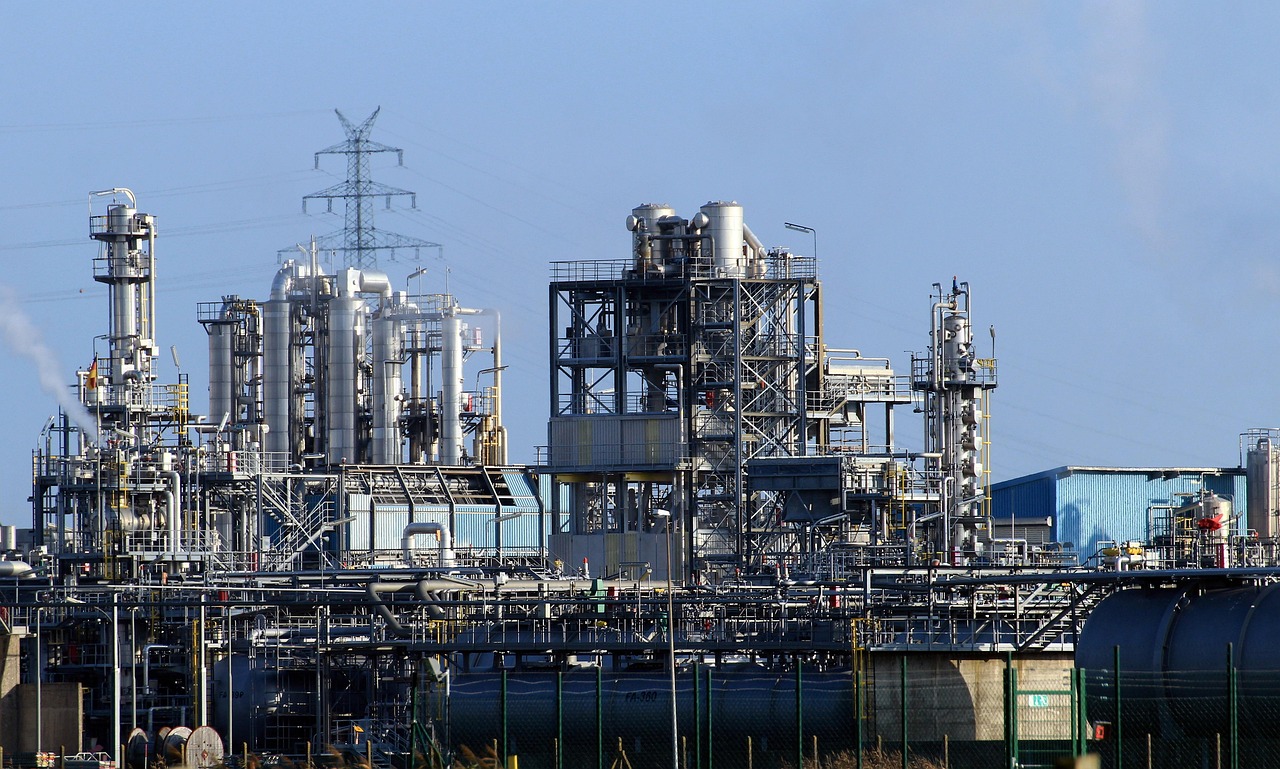Mega projects in the energy sector are experiencing significant delays, often extending beyond initial schedules. These delays vary depending on the type of project and region.
General Trends:
- Construction Delays: A substantial number of large-scale energy projects face delays, with the average slippage being approximately 20 months from the original schedule.
- Cost Overruns: Approximately 98% of mega projects encounter cost overruns or delays, with an average cost increase of 80% over the original budget.
Specific Project Examples:
- Hinkley Point C Nuclear Power Station (UK): Initially expected to be operational by 2025, the project has faced multiple delays. As of January 2024, the estimated operational date for Unit 1 is between 2029 and 2031, with costs rising to between £31-35 billion in 2015 prices.
- Flamanville Nuclear Power Plant (France): The Flamanville 3 reactor, originally slated for completion in 2012, has experienced delays extending over a decade, with costs escalating to €19.1 billion.
Regional Insights:
- Australia: The renewable energy sector is encountering significant delays, with 75% of projects taking up to 21 months to be constructed and ready for market registration.
- United States: Renewable energy projects face considerable delays, with wind projects experiencing an average delay of 16 months, solar projects 15 months, and battery storage projects 14 months.
These delays are attributed to various factors, including financing challenges, complex contractual arrangements, workforce shortages, supply chain constraints, and regulatory hurdles. Addressing these issues is crucial for the timely and cost-effective completion of mega projects in the energy sector.









